The natural skin oils that contribute to acne may make you think you don’t need a moisturizer. But oily skin can suffer from dryness, especially if you’re using oral or topical acne treatments or medications. Dryness can make your skin produce more oil in an attempt to rebalance its moisture levels. The fix—a moisturizer developed for acne-prone skin. Regular moisturizing with a non-comedogenic facial moisturizer can even help prevent some types of acne.
Acne, Dry Skin, and Acne Treatments
A moisturizer designed for oily skin is an integral part of a healthy skin regime. However, the greasy sheen of oily acne-prone skin usually leads to more washing than moisturizing. While cleansing the skin is critical, it can strip the skin of necessary moisture.
Any time the skin becomes overly dry, your body produces more oil to bring the skin back to a state of balance. Extra oil can clog pores and make acne worse.
The common culprits of dry yet acne-prone skin are cold, dry weather, washing with products that dry the skin, and oral and topical acne treatments and medications. Cold air holds less moisture than warm air. Consequently, during the winter months, your skin gets dried out. In the winter, a moisturizer can prevent irritation and breakouts. Overwashing your face can remove too many of the skin’s natural oils, leaving it dry and begging for a moisturizer, too.

Acne medications, whether they’re prescription or over-the-counter, can over-dry the skin even as they’re battling breakouts. Helpful but drying ingredients to watch for include:
- Salicylic acid
- Benzoyl peroxide
- Isotretinoin
- Adapalene
You shouldn’t avoid these ingredients, but be aware of how they affect your skin. You could lose some of the benefits of the acne treatment if your skin gets too dry. An oil-free moisturizer used alongside these products can prevent dryness and the acne associated with it.
What to Look for in an Acne-Friendly Moisturizer
You have to be careful with moisturizers. The wrong ingredients can send your acne into an overactive tailspin. Look for labels that include:
- Oil-free: Moisturizers can be oil or water-based. Acne-prone skin has plenty of oil of its own. You want to balance the skin’s moisture levels without overloading it. Look for oil-free formulas that have water as either the first or close to the first ingredient. (Ingredients are listed from highest to lowest content on the label.)
- Non-comedogenic: Non-comedogenic means that the ingredients won’t clog your pores. Acne starts when skin pores get clogged with sebum (natural oils), dirt, and skin cells. Non-comedogenic ingredients do not get caught in the pores. Consequently, they benefit the skin without contributing to acne.
- Antioxidants: Antioxidants aren’t exactly an acne preventer. However, the ways in which they contribute to skin health can help keep acne at bay. For example, vitamin E, niacinamide, and green tea are known to reduce inflammation. Acne causes inflammation. These three ingredients can reduce painful pimples and blemishes, keeping them more manageable and less noticeable while moisturizing the skin.
Acne Skincare: How Often Should You Moisturize Acne-Prone Skin?

Skin needs regular care to stay healthy and clear of acne. Cleansing, application of acne-specific creams or gels, and moisturizers can rid your skin of the oils, bacteria, and debris that cause pimples. While everyone develops a routine that works for them, there are a few things you should include.
- Cleansing: Wash your face twice a day, in the morning and evening, using a gentle cleanser or acne-specific cleanser with ingredients like salicylic acid and tea tree oil. Also, wash your face after excessive perspiration. Perspiration easily clogs pores, so anything that traps it against the skin like a hat can cause a breakout.
- Astringent (optional): Be careful with astringents. Some can dry and strip the skin of healthy oils. Use a gentle astringent that includes natural ingredients like SkinResourceMD’s Pore Purifying Astringent with sage, type, eucalyptus, and tea tree oil. Gentle astringents remove dead skin cells and reduce oil without drying the skin.
- Apply an acne treatment (optional): For some people, regular cleansing and moisturizing clear acne. Others need a bolder approach with acne products like a treatment gel or cream just for trouble spots. Use formulas with ingredients like tea tree oil, which naturally clear acne while reducing inflammation.
- Moisturize: Apply moisturizer after you wash the face to maintain moisture levels. SkinResourceMD’s Oil Free Antioxidant Facial Moisturizer includes natural ingredients that lock in moisture and antioxidants that absorb into the skin, so there’s no greasy residue left behind.
You can go beyond simple moisturizing with treatments that reduce and prevent wrinkles or absorb oil from the skin toreduce visible oiliness if needed.

Finally Thoughts: Long-Term Acne Solutions
Acne-prone skin needs gentle moisture to clear acne and maintain the skin’s natural balance. SkinResourceMD’s products are designed to work together to restore and maintain the health of your skin. A consistent routine with the right products can bring out your skin’s natural glow. Find products and a routine that work for you and give your skin a chance to shine.


